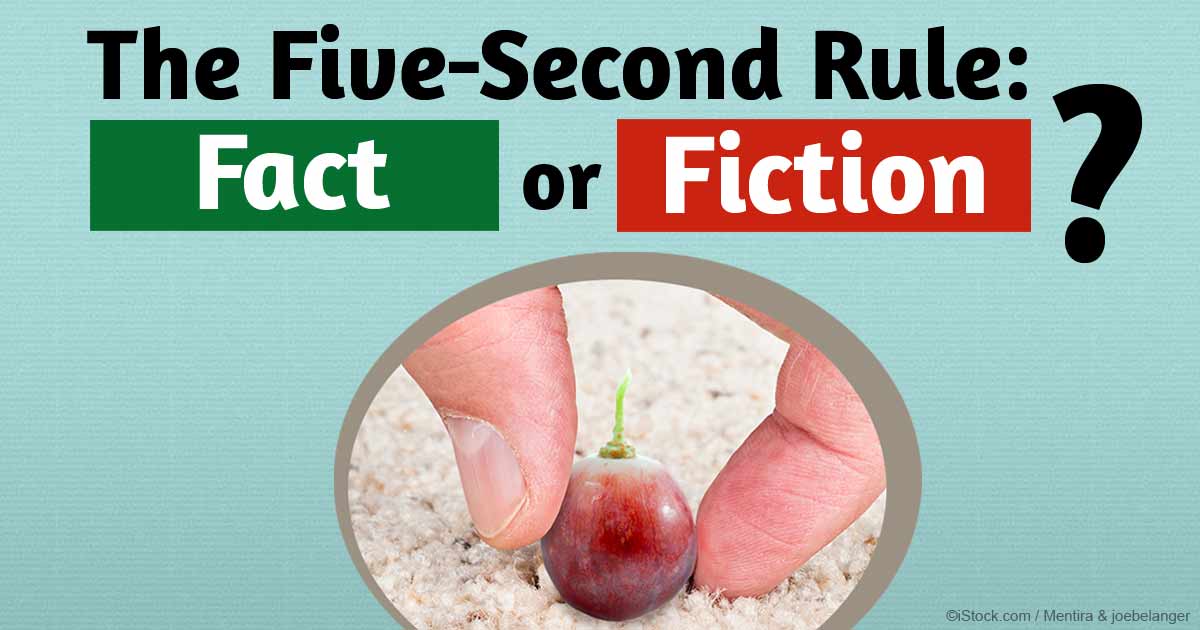
By larry greenemeier on march 25, 2014. That said, the type of food and the type of surface it falls onto also affect the transfer.

The less time food spends on the floor, the fewer bacteria it picks up.
5 second rule on food. The confusion lies in the fact that some environments and surfaces are safer than others. Don’t worry about the antibacterial soap ban; And these may be even more important than how long.
Kind of common sense, right? The 5 second rule research questions:. For those who haven’t heard of the rule, it states that a piece of food that falls onto the floor is safe to eat if it is picked up within 5 seconds.
There appears to be no scientific consensus on the general applicability of the rule, and its origin is unclear. Many of us follow this rule without knowing whether it is true and supported by scientific evidence, or whether it is just a myth passed down through generations. Some foods on some surfaces are more likely to be safer.
Moisture drives the transfer of bacteria from surface to food; The idea that if you save your food fast enough, it is still ok to eat goes by many names: According to dawson, when food falls on the floor (or any surface, for that matter), its level of contamination is mainly determined by the dirtiness of the floor, rather than the length of contact.
The short answer is yes. However, the type of food and the type of surface greatly impacted the bacteria transfer. After testing, they found that the ‘rule’ was mostly a myth.
Seconds according to quantum mechanics, food that has only been on the floor for 1 second has not actually touched the floor at all. Food items to be tested (e.g., wet item like lunch meat and dry item like a jelly bean). “there is no ‘safe’ amount of time when no.
With so many meals consumed at home these days, there are bound to be mishaps, such as a spilled glass of milk or a sandwich dropped on the floor. That said, the type of food and the type of surface it falls onto also affect the transfer. How i learned to stop worrying and love floor food!
Our entirely scientifically accurate* guide to the famous '5 second rule' of picking food up off the floor. The less time food spends on the floor, the fewer bacteria it picks up. The wetter the food, the higher the risk of transfer.
By larry greenemeier on march 25, 2014. Foodborne illnesses, from salmonella and other bacteria, can cause nausea, vomiting or diarrhea and can even be deadly. Depending which types of bacteria climb on board in those few seconds, it.
Some say we can credit famous chef julia child for cementing a. Food retrieved just a few seconds after being dropped is less likely to contain bacteria than if it is left for longer periods of time. Does picking up fallen food from the ground within 5 seconds prevent the transfer of bacteria?
To find out if that’s true, we start with a hypothesis — a statement that can be tested. There may be some actual science behind this popular deadline for retrieving grounded goodies. Even if you pick up dropped food super fast, bacteria can attach to it.